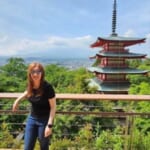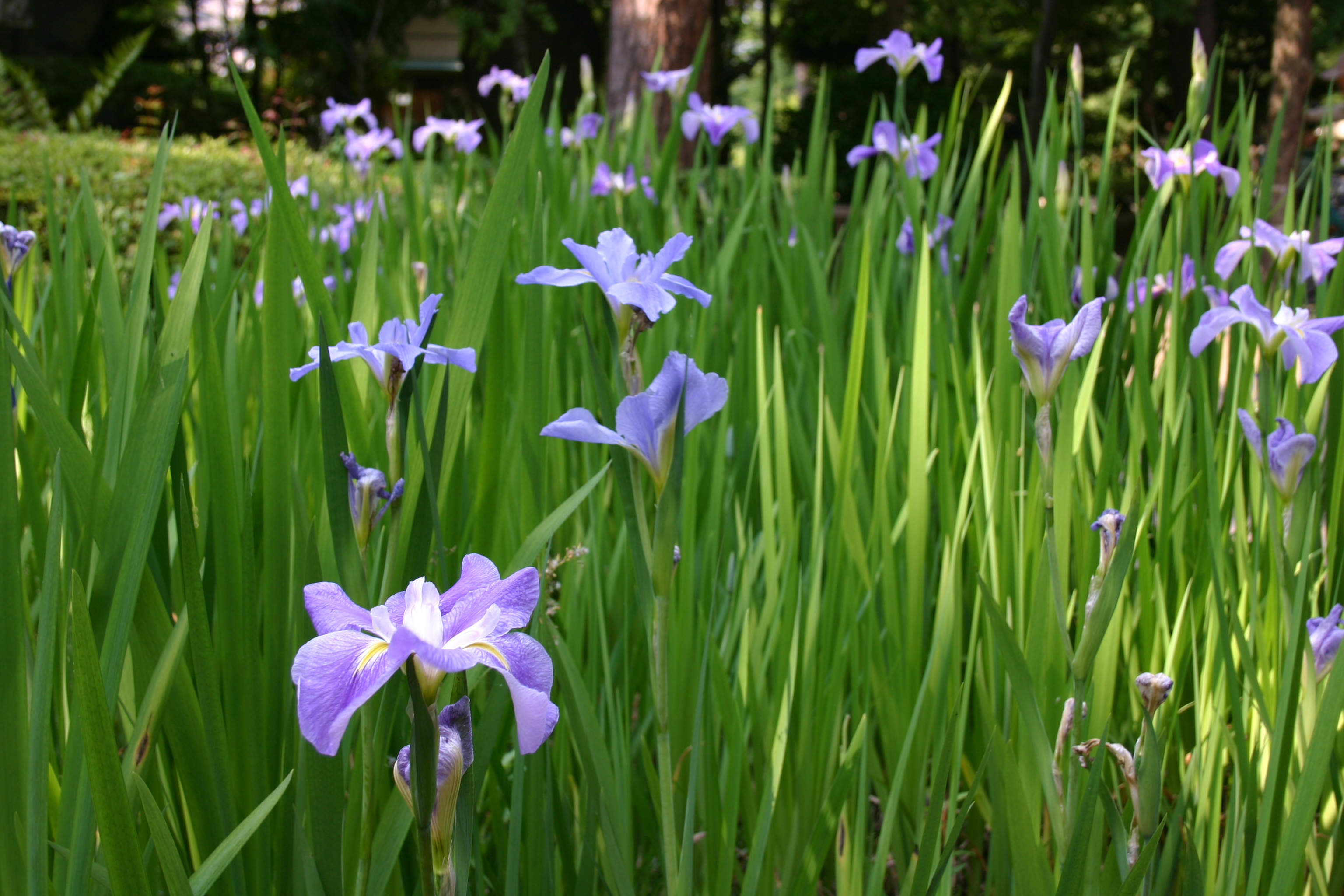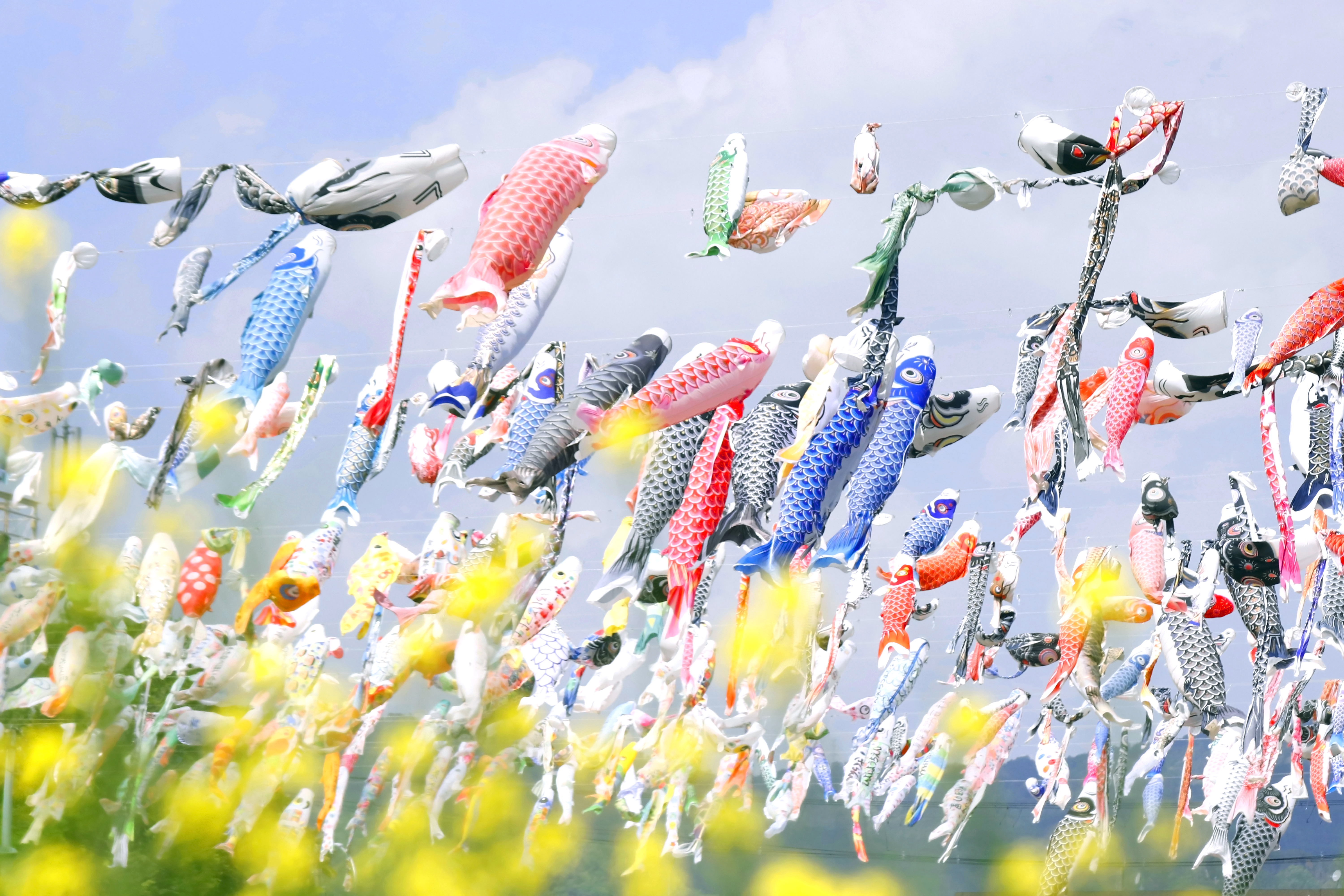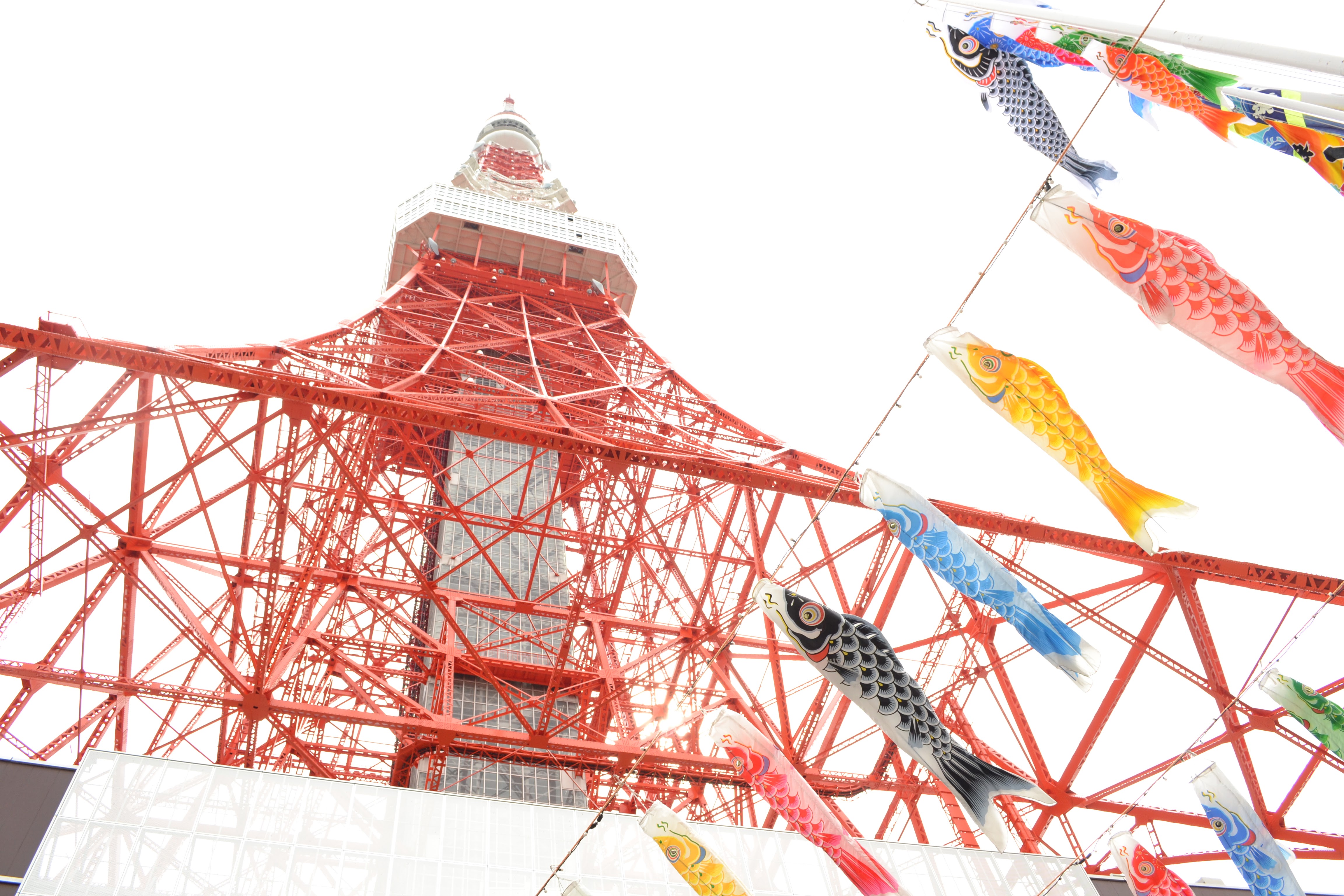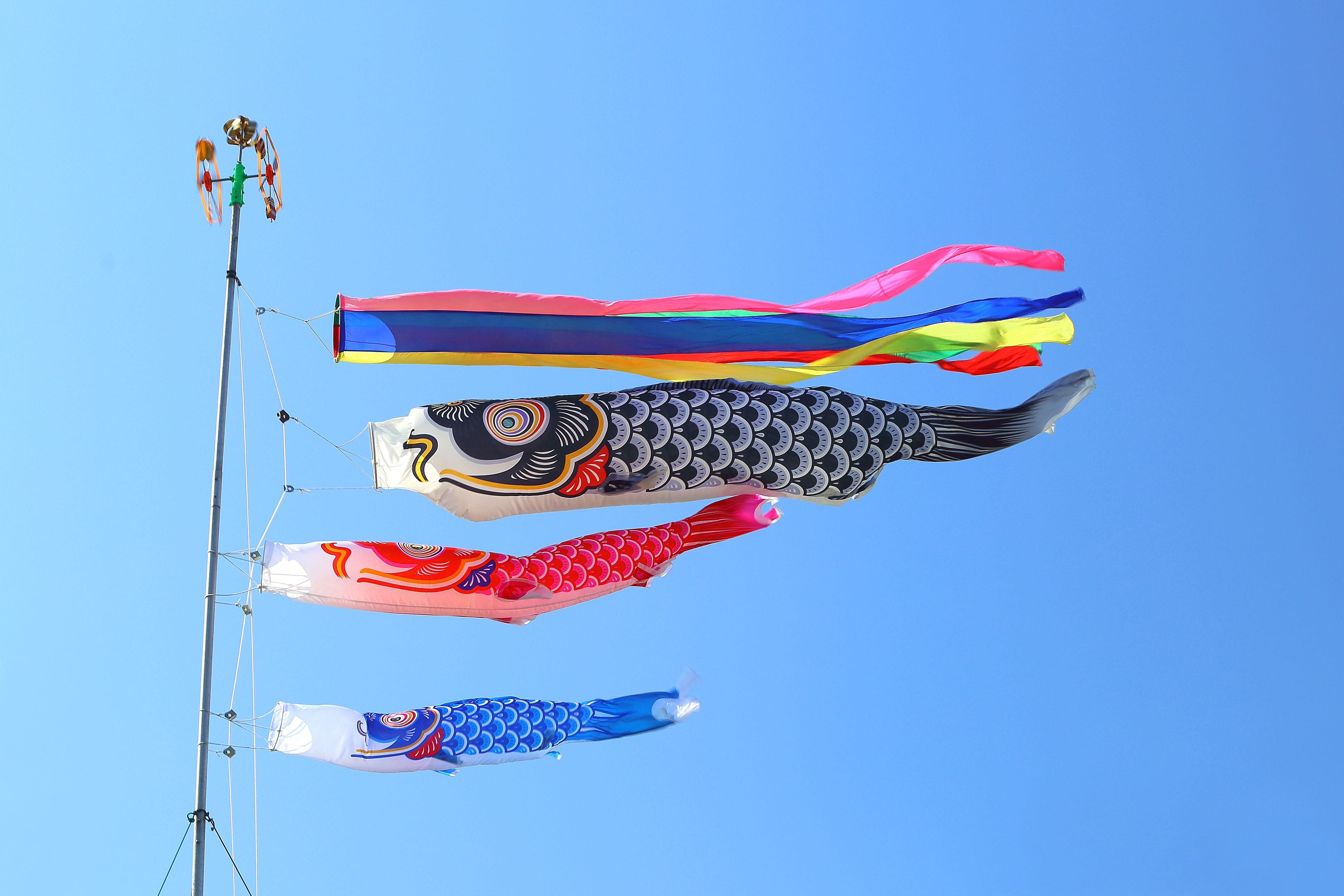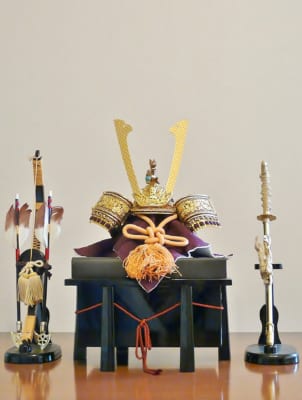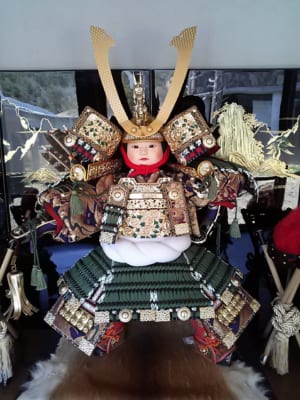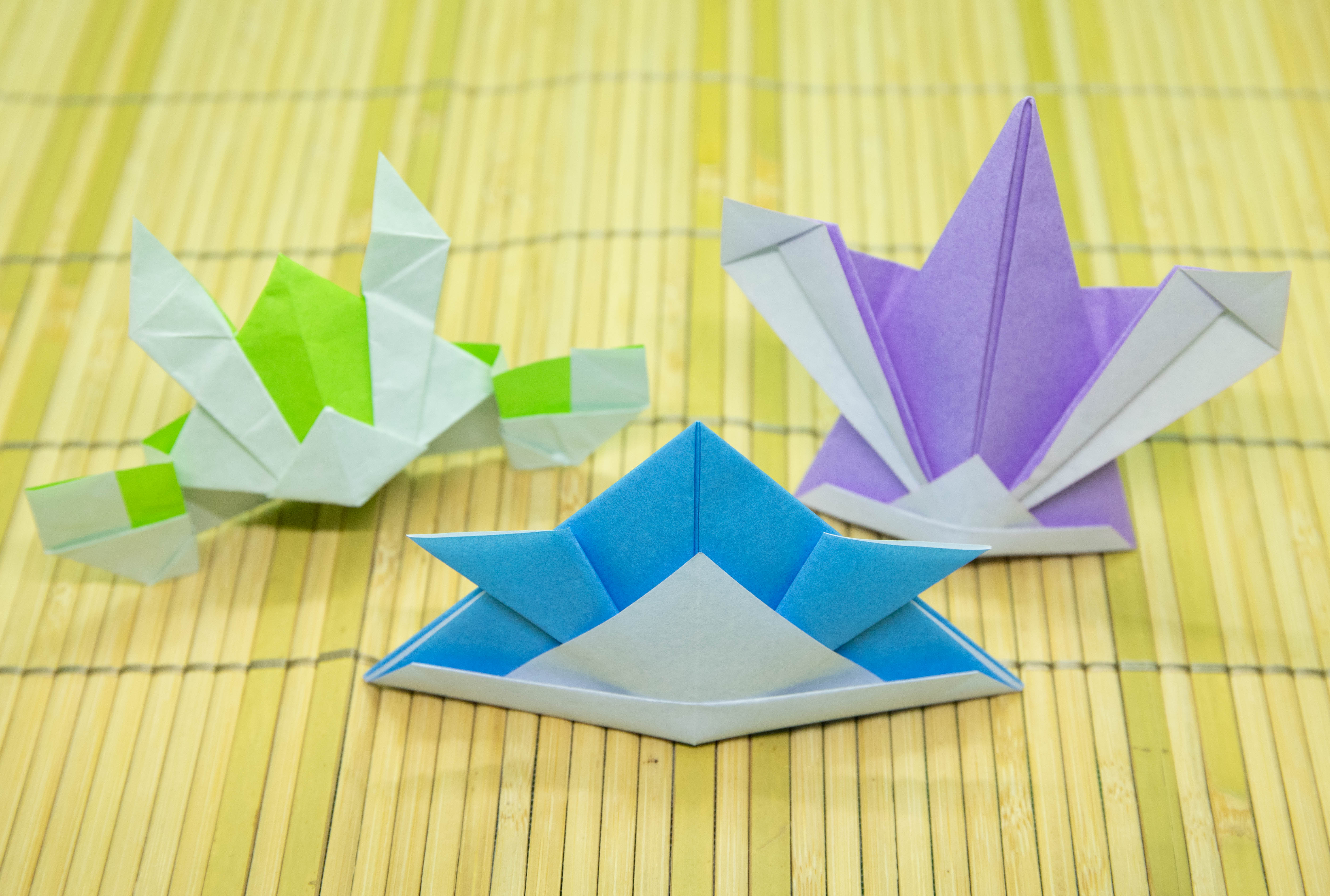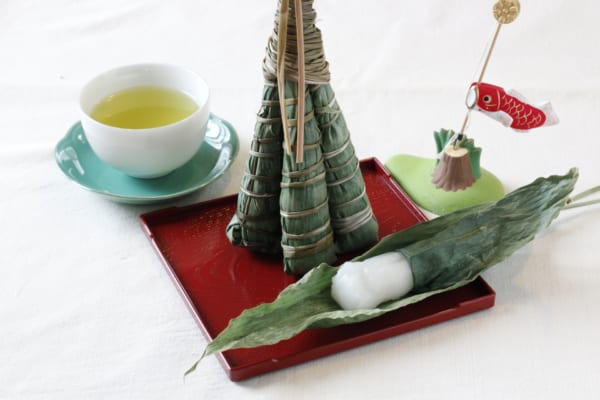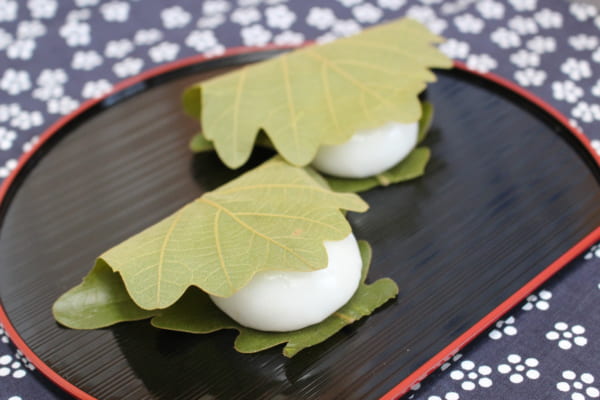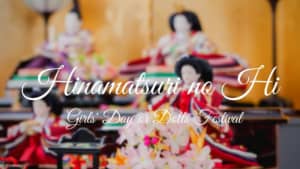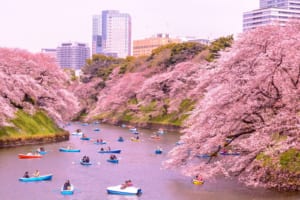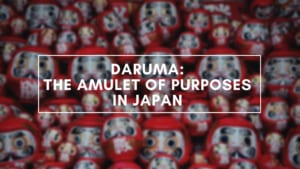Kodomo No Hi: Children’s Day in Japan
Japan's Colored Tents Festival to wish that the children grow up strong and healthy
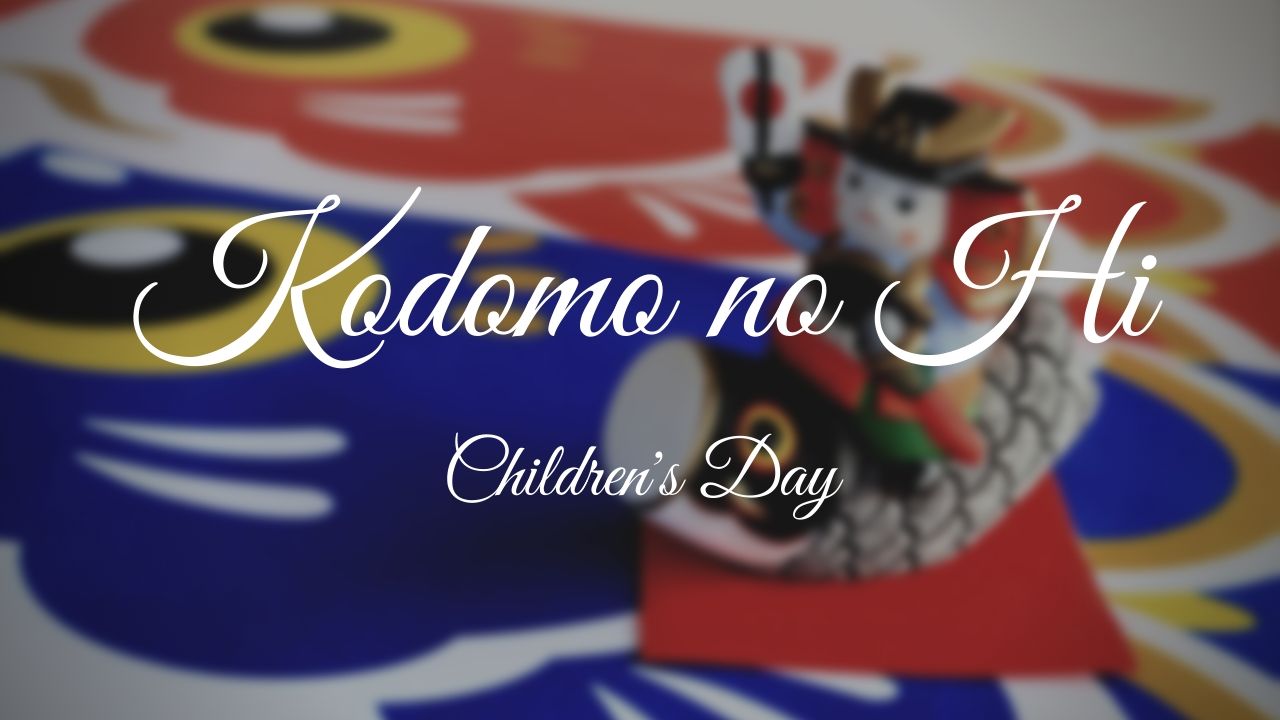
Japan is the country with the most national holidays a year, and it also has plenty of special days every month. However, in May with Golden Week several of these special days come together at the same time. But there’s one day that stands out above the rest. A day that fills all Japan with colored tents. I’m talking about the Kodomo no Hi (子供の日) or Children’s Day.
During the days leading up to Kodomo no Hi, all of Japan was filled with koinobori (鯉のぼり). Perhaps by this name you don’t know what I’m talking about, but I’m sure that you have seen them on more than one occasion. They’re a kind of tent-shaped cloth flags. It’s one of the most typical images of Japan abroad, even when its origin or meaning is not well known.
This day is also known as the iris festival, as this flower is a symbol of May 5. That’s why it’s common to see branches of the iris hanging at the entrance of the houses.
The origin of the Kodomo no Hi
When I explain the Hinamatsuri, I already talked about the five great celebrations known as gosekku (五節句). But for those who didn’t read that article, I will explain it briefly here. Gosekku take place on odd days when the number of the day coincides with that of the month. Exactly on January 1, March 3, May 5, July 7, and September 9. During these days luck is believed to reach its peak, and through different ceremonies evil spirits are driven away and people are protected. These celebrations were adopted in antiquity by the imperial court of Japan influenced by Taoist thought from China.
Originally May 5 was known as Tango no sekku (端午の節句) or Children’s Day. It’s the Japanese version of the Chinese celebration called duanwu.
As we have said, it was at the Japanese imperial court that this celebration became popular, around the 6th century. Later the samurai class also adopted this celebration. It’s often said that it was during the Kamakura period (1185-1333). I haven’t been able to find reliable sources that confirm this information, but we do know that during this period there was a rise of the samurai class to power. Previously, there was also a samurai family in power, but what they did was adapt to the Japanese imperial court. The Kamakura period was the first time that there was a samurai government. Therefore, it sounds logical that they would adopt certain celebrations of the imperial court. As usually happens with these things, over time it spread to the entire country.
In 1948 the Japanese government changed the official name to Kodomo no Hi or Children’s Day and it was declared a national day. However, despite the name change and which boys are used in that case for both genders, most Japanese still consider it and celebrate it as a festival for male children. This’s because the girls already have their own day two months before, in the Hinamatsuri (although this day isn’t a national holiday).
The Kodomo no Hi today
As I anticipated at the beginning of this article, one of the most characteristic things of the Kodomo ni Hi at present are the koinobori or tent-shaped flags of different colors. Traditionally these tent-shaped flags were placed on the outside of houses hanging from a pole, as they have a specific meaning. First of all, above all, we find a black tent that is the largest of all and that represents the father. Then comes a slightly smaller tent, usually red, representing the mother. And then we have smaller tents and different colors (one of the most common being blue or green) that represent the couple’s children. Depending on the number of children there will be more or less tents. These flags serve to wish that the children of the family grow up strong and healthy. The tent was chosen precisely because it’s a symbol of strength and perseverance for its ability to go upstream rivers.
There’s a legend, which comes from China, of a group of tents that crossed the Longmen Valley of the Yellow River in China. The demons wanted to make their climb more difficult and increased the force of the water. The tents were going up but many were left behind. But one last tent managed to climb all the waterfalls. The last waterfall is known as the Dragon Gate, and it’s said that as a reward for having reached the end they turned the tent into a fantastic Dragon.
Currently, these flags are found everywhere, not just on the outside of houses. It’s common to see tent flags in restaurants, shops, monuments, rivers, etc. It’s a way of wishing luck to all the children of the country.
And just like in the Hinamatsuri the girls had their altar with dolls, in the Kodomo no Hi the families with boys put behind a glass in the main room of the house miniature replicas of the ancient armor of the samurais. The most common is usually to wear a helmet or kabuto (兜). Some families instead of replicas of armor place a set of dolls representing ancient samurai warriors called gogatsu ningyou (五月人形).
Another thing that is usually done on this day is samurai origami helmets. They’re made in different sizes, as decoration. But the most common are large helmets, so that the children put them on, as if they were real samurais.
Kodomo no Hi typical dishes
As with other festivities, there’s also a typical gastronomy for this day. There’re mainly two typical dishes. One is the chimaki (ちまき), which are rice cakes wrapped in bamboo leaves. The other is kashiwa-mochi (柏餅), which are cakes made from rice and filled with sweet red bean paste, wrapped in oak leaves.
As for drink, the lily liquor stands out, since as I explained at the beginning this day also has a link with that flower. In the same way that in the Hinamatsuri girls drink peach liqueur.
What do you think of this festival? Have you participated in any or have you seen any of these tents? For those of you who did not know this festival, I hope that it has helped you to get a little closer to Japanese culture. And to those of you who already knew the festival, perhaps you have learned something new.
If you liked this article and want to know more about Japanese culture or Japan in April, don’t miss these articles too!
▽Related Articles▽
▼Editor’s Picks▼
Written by
From Barcelona to Tokyo. Coffee & Adventure lover.
I started to like Japan because of the anime, music and dramas, but after my first trip to the country I found what I love the most: traveling around, the culture and history. I have travelled a lot in Japan, but I still have many places to discover that I want to share with you. Let’s discover Japan together!
Also, as a foreigner living in Japan for over 6 years I understand what kind of things are difficult when you move here and I want to help other people in the same situation that I have in the past.
